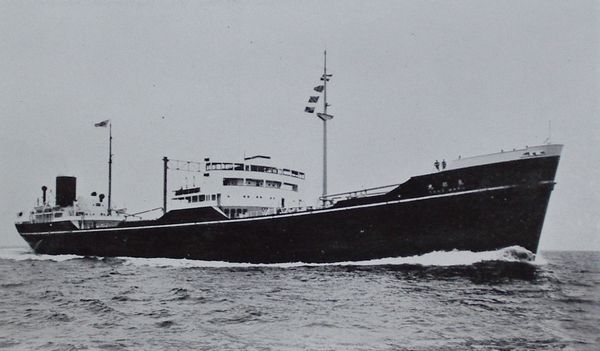|
USS Gudgeon (SS-211)
USS ''Gudgeon'' (SS-211) was the first American submarine to sink an enemy warship in World War II (Pacific, 27 January 1942). She was the last of the long-range Tambor class submarine, ''Tambor''-class vessels commissioned for the United States Navy in the years before the country entered World War II. Gudgeon scored 14 confirmed kills, placing her 15th on the honor roll of American submarines. She was declared overdue, presumed lost with all hands, on 7 June 1944. Of the twelve ''Tambor''-class submarines, only five survived the war. Pre-war Her keel was laid down by the Mare Island Navy Yard. She was ship naming and launching, launched on 25 January 1941, sponsored by Mrs. Annie B. Pye, wife of Vice Admiral William S. Pye, Commander Battleships, Battle Force and Commander Battle Force. The boat was ship commissioning, commissioned on 21 April 1941. Her construction cost $6 million. After shakedown cruise, shakedown along the California coast, ''Gudgeon'' sailed north on 28 ... [...More Info...] [...Related Items...] OR: [Wikipedia] [Google] [Baidu] |
Mare Island Naval Shipyard
The Mare Island Naval Shipyard (MINSY) was the first United States Navy base established on the Pacific Ocean. It is located northeast of San Francisco in Vallejo, California. The Napa River goes through the Mare Island Strait and separates the peninsula shipyard (Mare Island, California) from the main portion of the city of Vallejo. MINSY made a name for itself as the premier U.S. West Coast submarine port as well as serving as the controlling force in San Francisco Bay Area shipbuilding efforts during World War II. The base closed in 1996 and has gone through several redevelopment phases. It was registered as a California Historical Landmark in 1960, and parts of it were declared a National Historic Landmark District in 1975. Beginnings In September 1849, Lieutenant Commander William Pope McArthur was placed in command of the US survey schooner ''Ewing'', which had been brought around Cape Horn to the West Coast by Lieutenant Washington Allon Bartlett. Upon reaching San Fran ... [...More Info...] [...Related Items...] OR: [Wikipedia] [Google] [Baidu] |
Kodiak, Alaska
Kodiak (Alutiiq: , russian: Кадьяк), formerly Paul's Harbor, is the main city and one of seven communities on Kodiak Island in Kodiak Island Borough, Alaska. All commercial transportation between the island's communities and the outside world goes through this city via ferryboat or airline. As of the 2020 census, the population of the city is 5,581, down from 6,130 in 2010. It is the tenth-largest city in Alaska. Originally inhabited by Alutiiq natives for over 7,000 years, the city was settled in the 18th century by the subjects of the Russian crown and became the capital of Russian Alaska. Russian harvesting of the area's sea otter pelts led to the near extinction of the animal in the following century and led to wars with and enslavement of the natives for over 150 years. The city has experienced two natural disasters in the last century: a volcanic ashfall from the 1912 eruption of Novarupta and a tsunami from the 1964 Alaska earthquake. After the Alaska Purchas ... [...More Info...] [...Related Items...] OR: [Wikipedia] [Google] [Baidu] |
Japanese Submarine I-73
''I-73'' was an Imperial Japanese Navy ''Kaidai'' type cruiser submarine of the KD6A sub-class commissioned in 1937 that served during World War II. One month after participating in the Japanese attack on Pearl Harbor, she was sunk by the United States Navy submarine in January 1942. Design and description The submarines of the KD6A sub-class were versions of the preceding KD5 sub-class with greater surface speed and diving depth. They displaced surfaced and submerged. The submarines were long, had a beam of and a draft of . The boats had a diving depth of Carpenter & Polmar, p. 96 For surface running, the submarines were powered by two diesel engines, each driving one propeller shaft. When submerged each propeller was driven by a electric motor.Chesneau, p. 198 They could reach on the surface and underwater. On the surface, the KD6As had a range of at ; submerged, they had a range of at . The submarines were armed with six internal torpedo tubes, four in ... [...More Info...] [...Related Items...] OR: [Wikipedia] [Google] [Baidu] |


